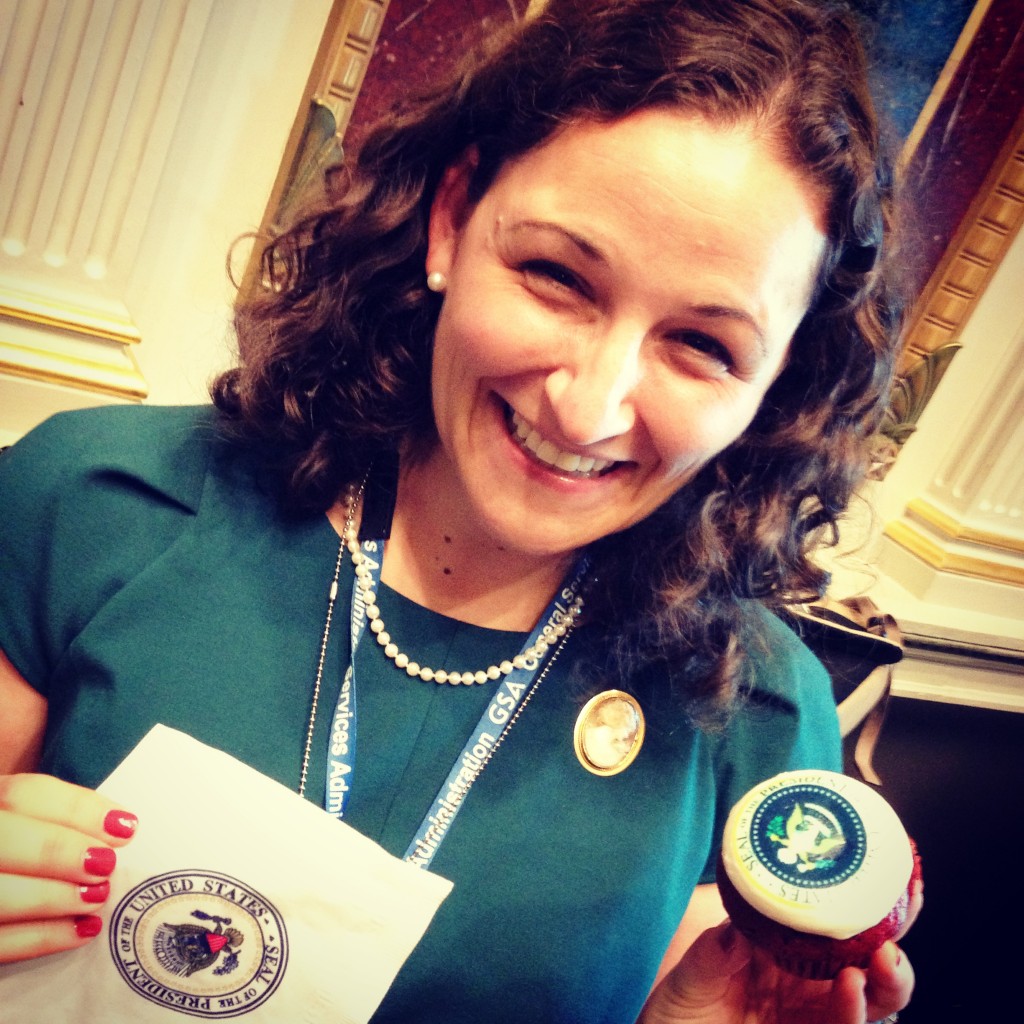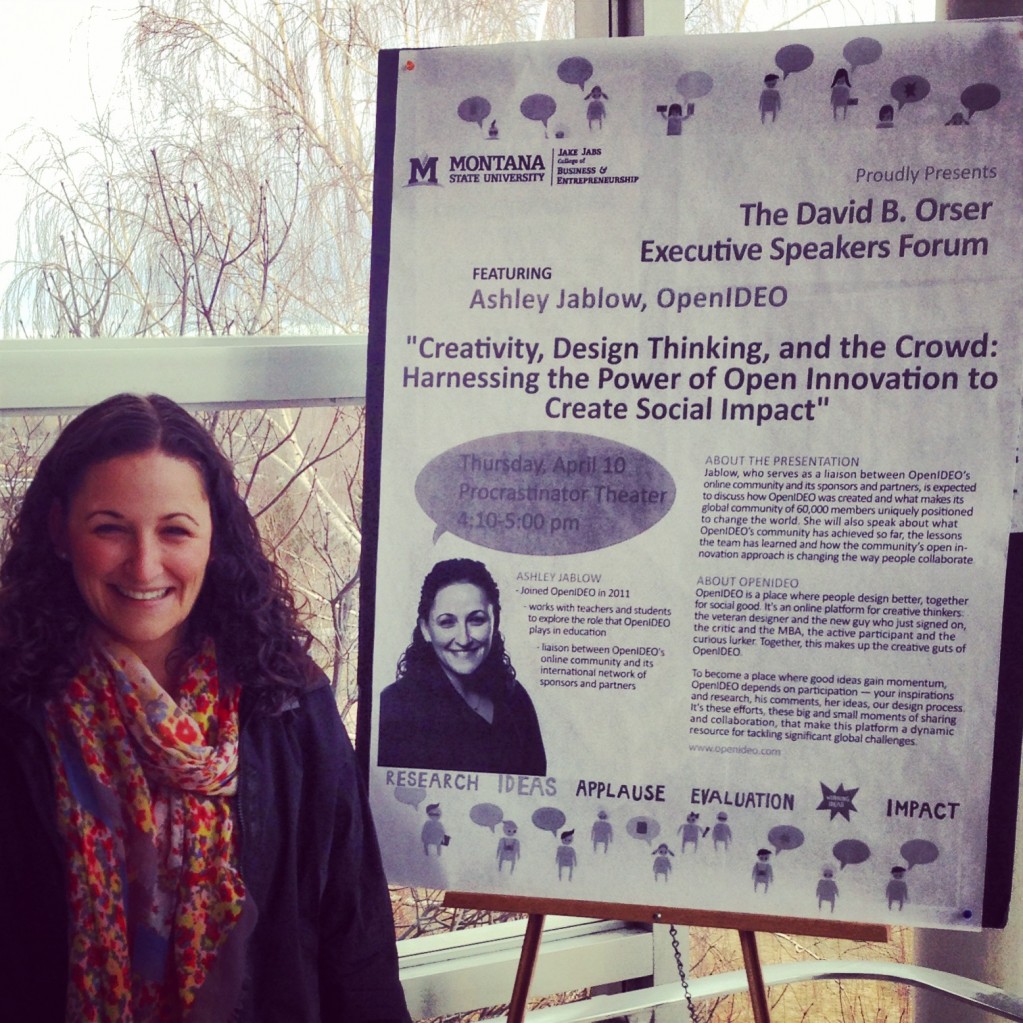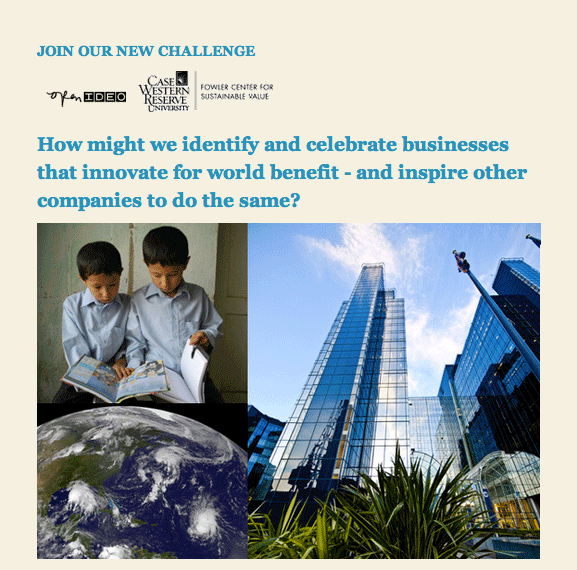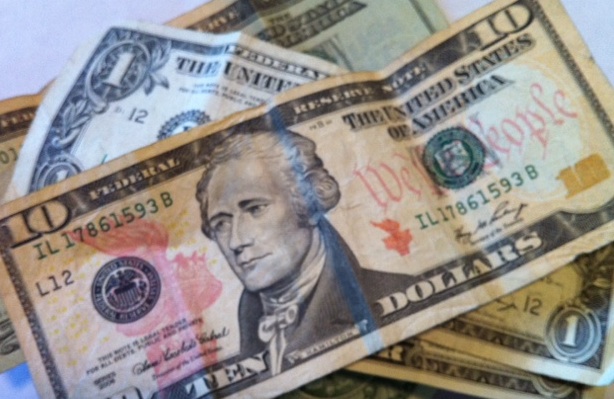A Love Letter to Risk Taking
/A favorite window sign in Palo Alto, ground zero for risks, failure and resilience.
As a child of Silicon Valley, I’m no stranger to the mantra of failure as a virtue. Fail fast to succeed sooner, they say. Failure is often talked about as a badge of honor, a show of strength and resilience, not something to hide or shy away from.
When you take a risk, you open yourself up to the possibility of failure. Thinking on my career over the last 15 years or so, I’ve actually taken a number of risks. I moved across the country to go to business school on a hunch that I needed to learn more and get exposure to new ideas. I accepted a job at IDEO without a lick of design training, all on instinct that the risk would lead me somewhere good in the end. I even agreed to move my entire family to Washington, DC to join a new startup in government, the Presidential Innovation Fellows program – a huge risk given that almost nothing about the Fellowship was fully tested and set in stone.
Recently I took one of the biggest professional risks of my career: signing on to open up the first US office for a talented organization of engineers, designers and technology strategists based in Europe. Talk about an untested experiment – this opportunity was all about trusting my instincts and jumping into the unknown. Yet again, taking a risk.
Thinking about it more, this big risk – saying yes to the job – was actually made up of a series of smaller risks that I also agreed to take on. Like a collection of puzzle pieces coming together and forming the whole. For this opportunity I took a risk joining a team I didn’t know, but that I instantly respected and connected with. I took a risk creating a role for myself that included new challenges and unexplored responsibilities, but that I was certain would help me flex new muscles and grow as a person. I even took a risk on the content of the work, moving out of my comfort zone of ‘easy’ topics and diving head first into novel conversations and vocabulary.
Everything about this big risk was exciting, fresh, invigorating and challenging – and I loved every minute of it.
Unfortunately, yesterday I found out that this big risk I took – the one where I jumped into the unknown and embraced the experiment of trying – didn’t work out. Does that mean I failed?
As our old pal Tennyson said, ‘Tis better to have loved and lost than never to have loved at all.” For relationships of all kinds, even professional ones, the truth is we have to take risks. We have to trust that we’re making a good choice based on the information we have, and then we have to be prepared to take a leap of faith on the rest of it. Really, everything is a risk. In the good moments of this latest risk, I laughed, I had fun, I enjoyed my teammates and our shared experiences together. In the bad moments of this risk, I struggled, I gritted my teeth, I toughed it out, and yes, sometimes I even cried. And in the end, taking this risk forced me to stretch myself, learn new things and become a stronger leader.
Taking risks requires bravery. It requires being vulnerable, opening yourself up to something untested and unknown, and spreading your arms out wide to see what comes back to you. In this way taking a risk – whether in a new professional capacity, in a new personal relationship, or in some other way – is actually the opposite of failure. You fail when you say no instead of yes. You fail when you don’t try. You fail when you don’t learn.
In the end, I took a risk. I tried something new. And it didn’t work out. But no – I definitely didn’t fail.
So to all my fellow risk-takers out there, I say, ‘Onward!’ Oh, and to anyone who’s hiring, I’m ready to say yes to my next risk.






